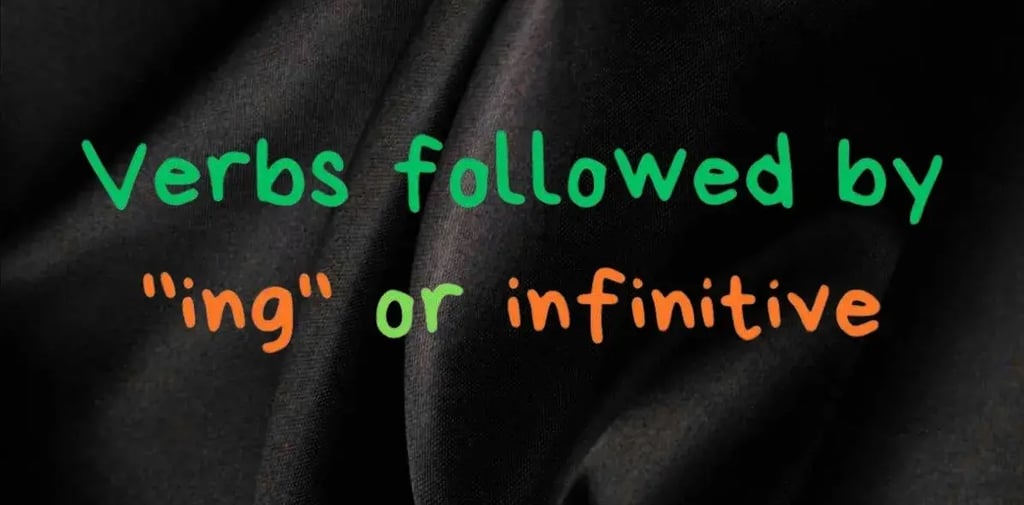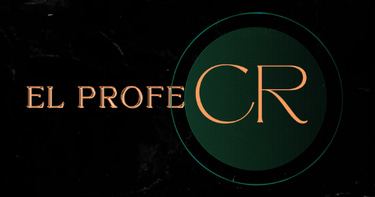
Verbs followed by "-ing" or infinitive
A1-A2 GRAMMAR
1 min read


Do you know when to use -ing and when to use to + infinitive after a verb?
Look at these examples to see how the verb forms are used.
I enjoy learning languages.
I want to learn a new language.
Explanation
Hate, like, love and prefer can be followed either by -ing or a to-infinitive. The difference in meaning is often small. The -ing form emphasises the verb itself. The to-infinitive puts the emphasis more on the preference for, or the results of, the action.
A verb can be followed by another verb. The second one usually needs to change into the -ing form or the to + infinitive form. Which form you need depends on what the first verb is.
Verbs followed by the -ing form
When enjoy, admit and mind are followed by another verb, it must be in the -ing form.
I enjoy travelling.
He admitted stealing the necklace.
I don't mind waiting if you're busy.
Other verbs in this group include avoid, can't help, consider, dislike, feel like, finish, give up, miss, practise and suggest.
Like and love can be followed by the -ing form and the to + infinitive form. They are both correct.
Verbs followed by to + infinitive form
When want, learn and offer are followed by another verb, it must be in the to + infinitive form.
I want to speak to the manager.
She's learning to play the piano.
He offered to help us wash up.
Other verbs in this group include afford, agree, ask, choose, decide, expect, hope, plan, prepare, promise, refuse and would like.
Sobre nosotros
El Profe CR busca ayudar a aquellas personas que deseen desarrollar las habilidades que hoy en día las empresas requieren de cada candidato(a) con y sin experiencia laboral.
©2025 Todos los derechos reservados.
